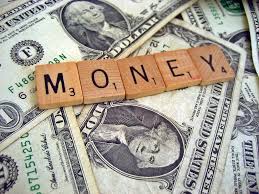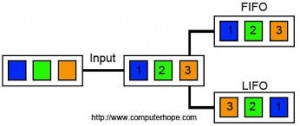Monetary policy is the economic policy used by the monetary authority of a country, usually the central bank in order to control the money supply in the country. The central bank achieves this objective by controlling the interest rates. The target that the central bank would like to achieve are macroeconomic goal variables such as the unemployment rate, the inflation rate and growth in gross domestic product (GDP).
There are two types of monetary policy:
- Expansionary monetary policy or easy money policy
- Contractionary monetary policy or tight money policy
Expansionary monetary policy is focused on increasing the money supply in the economy and thus boost economic activity. It is basically achieved by keeping the interest rates low to encourage borrowing. It enables cheaper borrowing for banks. This boosts bank’s capacity to lend to businesses and individuals. This results in more investment. Increased investment results in higher level of employment, which results in increased income.
Contractionary policy, on the other hand, focuses on decreasing the money supply in the economy. This policy is used when the country is experiencing higher levels of inflation. The goal of the central bank is to reduce spending. It is achieved by increasing interest rates. Higher interest rates make loans more expensive. This reduces investment and reduced investment, ultimately results in lower income for individuals. Lower incomes discourage spending and thus reduce inflation.
Click here for government certification in Accounting, Banking & Finance





4 Comments. Leave new
Good efforts ! Also I feel that the measures taken to fluctuate the money supply should have been added in the post.
Good efforts!
Good work 😀
Actualky this was somthing new for me 😀
But the way you presented 😀 was reallly good and the language was simple so it was esy to understand good work:D
nice work